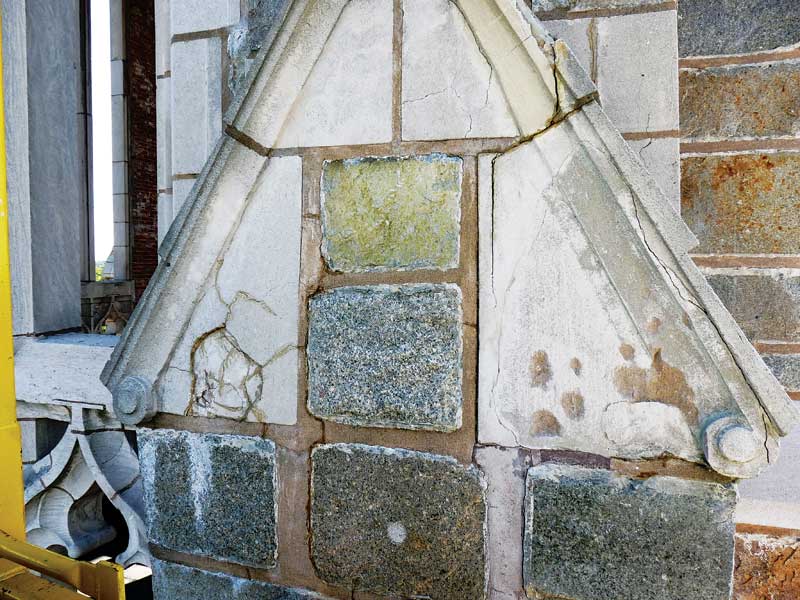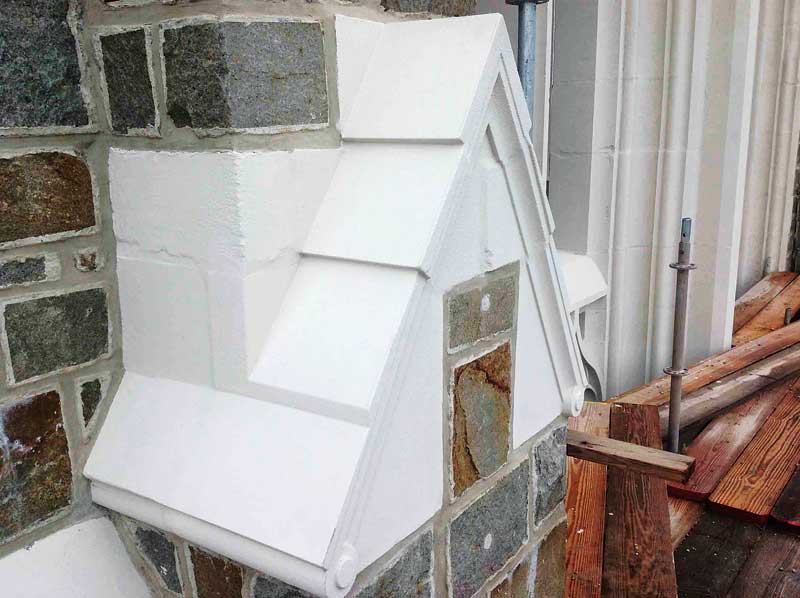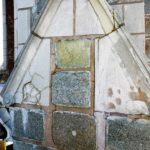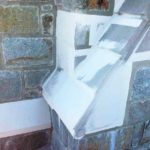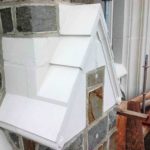Best practices for architectural coatings
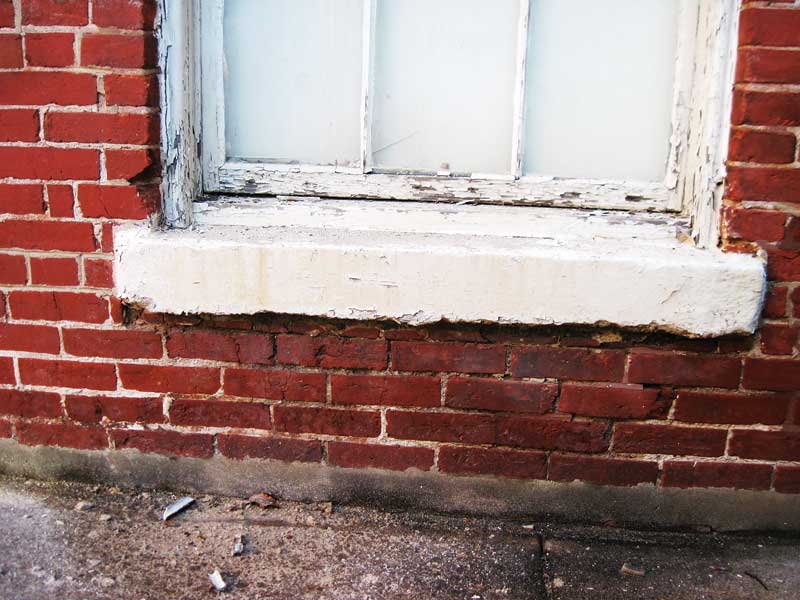
Removal
The four basic approaches to coating removal involve heat, chemical strippers, poulticing, or mechanical removal by means of abrasion.
Heat removal only works with paints that soften in response to higher temperatures; care must be taken to avoid scorching the underlying surface or igniting flammable materials within the wall assembly.
Chemical stripping agents are toxic and require proper containment and disposal, and they can damage surfaces, depositing harmful residues on porous materials.
Poultice application consists of absorbent material mixed with solvent to form a paste, which can improve the effectiveness of chemical removal. However, by increasing contact time, poulticing may also deposit chemical residues or stains that are difficult to remove.
Abrasive and mechanical techniques can be effective, but they may cause irreparable damage if the pressure is too high, the aggregate too abrasive, or the grinding/sanding too aggressive, such that cleaning abrades the substrate.
The use of chemical cleaning will likely require testing on a small scale before undertaking large-scale removals. Neutralizing washes and water rinses may be required. To avoid penalties, such as fines or stop-work orders, a plan should be made for the environmentally safe disposal of cleaning agents and rinsing effluent, as dictated by the U.S. Environmental Protection Agency (EPA) or local regulatory authority. Depending on the age of the structure, testing for lead-based paint may be required prior to removal, with appropriate procedures for abatement.
With recent legal restrictions on the use of VOCs, alternative detergent and enzyme products have been developed to replace these toxic and high-odor solvents. As people have grown accustomed to low- or no-VOC products, foul odors of any kind have become unacceptable to building occupants, even when the product is not technically harmful. As an example of the potential impact of paint removal on project progress, the stripping chemical employed by the contractor at one recent project produced such a strong odor that work was stopped and the building emptied.
To avoid unexpected delays and disruptions, a mockup should guide coating removal planning. Testing can confirm suitability, particularly if removal is to be complete while the building is occupied.
Conservation
Where preservation or replication of existing coatings is required, historical records and laboratory analysis of paint samples inform visual color matching. Should the toxicity or instability of the original coatings prevent their use in restoration, historic and landmark requirements may be satisfied with modern substitutes designed for such applications. Although the right hue is essential, gloss, texture, transparency, and other qualities will affect the color match.
Materials with high stability and reversibility are best-suited for conservation. It is important to remember many coatings, once applied, may not be removed without damaging the substrate.

